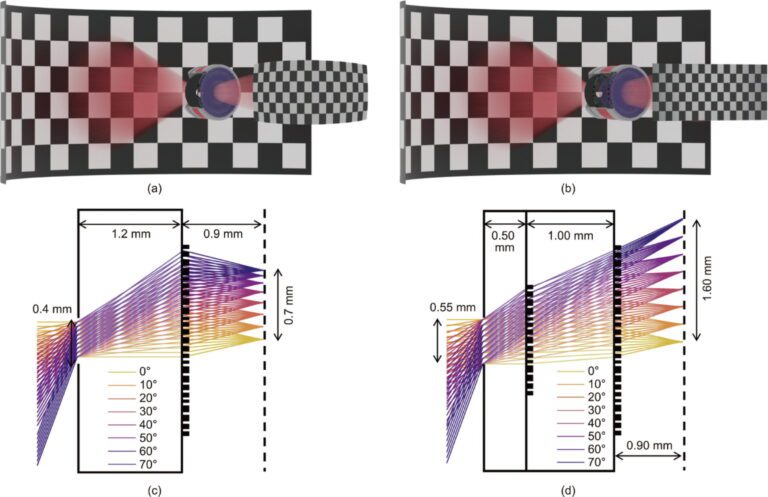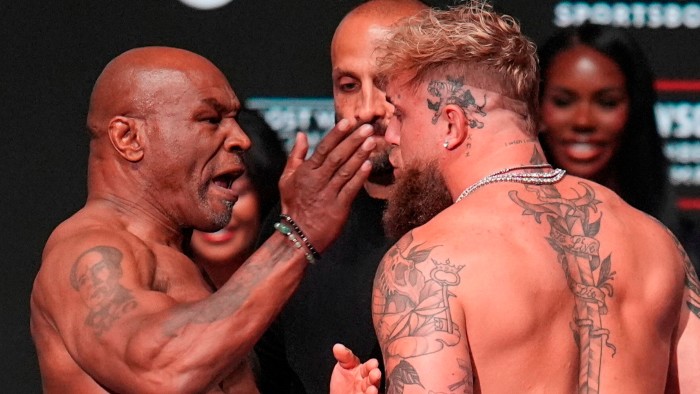
An influential scientific panel on Thursday recommended updated coronavirus booster shots to the vast majority of Americans, adding a critical new tool to the country’s arsenal as it tries to blunt an expected wintertime surge of the virus.
The decision, made by expert advisers to the Centers for Disease Control and Prevention, cleared the way for health workers to begin giving people the redesigned shots within days. And it marked a milestone in the fight against a rapidly shape-shifting pathogen: For the first time in the pandemic, manufacturers have capitalized on the potential of mRNA technology to begin distributing a Covid vaccine that perfectly matches the circulating strain of the virus, a feat that had long seemed improbable.
For all their promise, the arrival of updated boosters also adds another wrinkle to what is the country’s most complicated vaccine. Vaccine recipients have already had to parse shifting eligibility rules and decide between brands. Now they face a weighty new question: how long to wait after their last vaccine dose or infection before seeking an updated booster.
In authorizing the new boosters, federal regulators said on Wednesday that people needed to leave at least two months between doses. While several members of the expert panel expressed concern on Thursday that two months was too short, the C.D.C. pushed to endorse the same minimum interval.
And yet immunologists said that waiting roughly four to six months after a last vaccine or infection would strengthen people’s response to an updated vaccine, even if those scientists also saw the rationale for giving Americans flexibility in choosing when to seek a new shot.
The C.D.C. panel, the Advisory Committee on Immunization Practices, endorsed the updated boosters for all adults. People who have received a primary Covid vaccine series are eligible no matter how many additional doses they have gotten, part of an effort to stop counting doses and simplify guidelines, C.D.C. scientists said.
The panel’s advice now goes to Dr. Rochelle Walensky, the C.D.C. director, who is expected to make a formal recommendation soon. Hundreds of thousands of updated vaccine doses were being delivered around the country on Thursday, the C.D.C. said. Providers nationwide are expected to have millions by Labor Day, the agency said, though some doctors have said they were told that initial supply would be small in their areas.
The new boosters are designed to generate immune responses to the original version of the coronavirus and to BA.5, the Omicron subvariant that is now dominant. Pfizer and BioNTech’s shot was authorized for people as young as 12, and Moderna’s for those 18 and older.
Exactly how much benefit the new boosters will offer over the existing shots is not clear. In a bid to catch up with the virus’s evolution, regulators authorized them while relying heavily on human trials of a different updated shot, one that was reformulated to defend against the BA.1 subvariant of Omicron.
Moderna and Pfizer scientists on Thursday released their most detailed findings yet from studies of the latest BA.5 vaccines in mice. They found that those vaccines substantially increased immune responses to Omicron subvariants, including BA.5.
Moderna also deliberately infected mice with the BA.5 virus, and found that a BA.5 booster offered significantly better protection against infection in the lungs than the original vaccine did. The company’s scientists argued that immune responses in mice had correlated with human immune responses in past studies.
Immunologists said they were confident that the new shots were the best available Covid boosters, and that they would put something of a damper on the outbreak this fall and winter.
Read More on the Coronavirus Pandemic
Simply having updated vaccines by next week, rather than in mid-November, could save between roughly 7,500 and 18,000 lives by the spring, leading epidemiologists have estimated.
“We’re still seeing just under 500 deaths per day, which is putting us at about four times the level of yearly deaths we’ll tolerate for influenza,” said E. John Wherry, an immunologist at the University of Pennsylvania. “That’s still an unacceptable level of death. I’m hopeful we’ll make a dent in that because of updated boosters.”
The reformulated shots will deliver the biggest benefits for older and more vulnerable Americans, scientists said. While the existing shots offer more durable protection against hospital admission and death than they do against infections, their effectiveness does also wane over time against severe outcomes, scientists said. That makes updated boosters a potentially important aid in surviving an infection, they said.
But it is often younger, healthier people who spread the virus to more vulnerable Americans, Dr. Wherry said. Even if those younger people are at relatively low risk of severe Covid themselves, scientists said, the updated boosters were likely to reduce their odds of getting infected in the first place and, in turn, spreading the virus to someone more vulnerable.
The higher levels of immunity generated by an updated booster could also decrease the likelihood of developing long Covid, said Shane Crotty, a virologist at the La Jolla Institute for Immunology.
“If people take these boosters, they’ll be better off, almost no matter what their situation is,” Dr. Crotty said. “If we can get as many people to take these boosters as possible, that will definitely reduce the number of cases this winter.”
But other scientists have expressed concerns that not enough evidence had yet been generated showing that updated boosters were an upgrade to the existing offerings. They have also worried that updated vaccines would give recipients a false sense of security.
“I understand that we need better vaccines,” Dr. Pablo Sánchez, a professor of pediatrics at The Ohio State University and member of the C.D.C. panel, said during Thursday’s meeting. But he said that he was struggling “to make a recommendation for a vaccine that has not been studied in humans,” even if those human studies were ongoing. He was the only one of the 14-member panel to vote against recommending the updated vaccines.
Scientists said that serious adverse reactions had been very rare after booster doses, and that changes to the updated shots were so subtle that they would be highly unlikely to present new problems.
The success of the shots will depend in large part on how many Americans get them. The country’s vaccine machinery has been scaled back since the United States last offered booster shots to all adults, a result in part of congressional resistance to more pandemic response spending.
That has especially hurt efforts to give updated vaccines to marginalized and vulnerable Americans, some of the very people who face the greatest risks of being exposed to the virus and of becoming severely ill from it, epidemiologists said.
Many Americans seeking an updated booster shot this fall will have passed the four-to-six-month period that immunologists recommend waiting between doses, C.D.C. data showed. Older adults were only made eligible for their last booster shots this spring, but uptake was highest five months ago, during the early period of the rollout in April. Younger people were made eligible for their most recent boosters almost a year ago, and most of them are more than six months past their last shot, the C.D.C. said.
But millions of people have also recently gotten Covid. When it comes to the timing of future vaccine doses, those infections act like earlier vaccinations, scientists said, mitigating the benefits of getting a new booster shot shortly thereafter. Receiving a booster soon after an infection could also potentially raise the small risk, most prevalent in younger men, of post-vaccine heart problems, members of the C.D.C. panel said.
Federal guidance indicates that people should wait at least until their Covid symptoms have resolved before getting a booster shot, and that they may want to wait a full three months after an infection.
Some scientists said it was reasonable to want to give people flexibility about when to get an updated booster.
People may want to strengthen their immune defenses before partaking in an unusually high-risk activity. Others may have weakened immune systems that limited their responses to an earlier shot. An approaching case surge, especially this winter, could raise the risk of waiting. And the C.D.C. has urged health providers to offer people flu and Covid vaccines at the same visit.
Deepta Bhattacharya, an immunologist at the University of Arizona, said that C.D.C. recommendations could afford to space out doses of routine childhood vaccines at precisely the right intervals because children are unlikely to be exposed to those pathogens in the interim. That’s not the case for the coronavirus, which is circulating so widely that someone leaving a long gap between doses faces higher odds of getting infected in the meantime.
“Honestly, that’s probably the more important factor to consider — what’s happening in the real world — rather than in an ideal world of immunological optimization,” Dr. Bhattacharya said.
Still, he and other scientists said that waiting four to six months between doses would strengthen people’s response to the updated boosters. That would help people steer clear of a situation in which their antibody levels were so high when they received an updated shot that their immune systems partly cleared out the vaccine before building strong defenses against new Omicron subvariants.
“You can really only boost the responses after you’ve gotten below your ceiling,” said Jenna Guthmiller, an immunologist at the University of Colorado. But, she said, “Without testing ourselves and figuring out what our ceilings are, which is very complex, the best option is honestly just to get the vaccine.”





